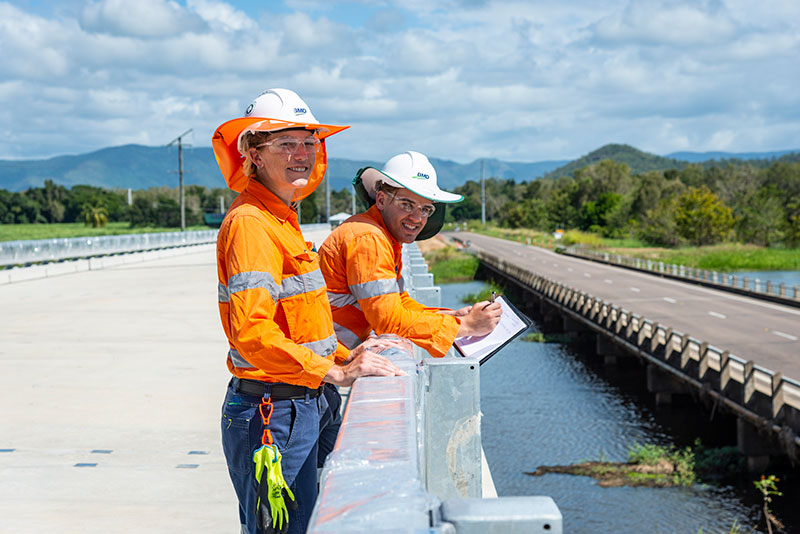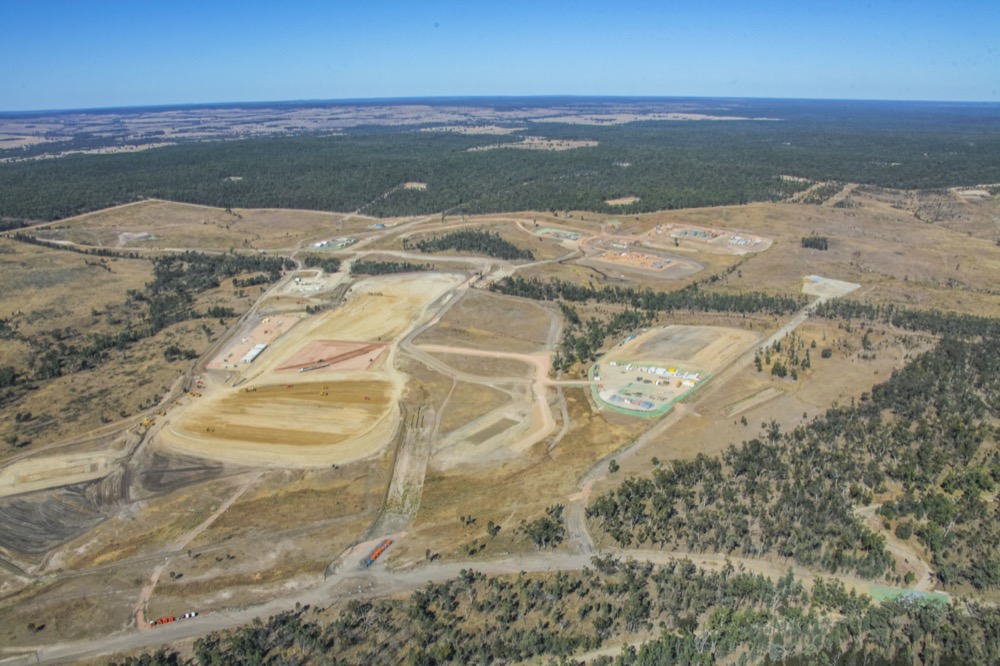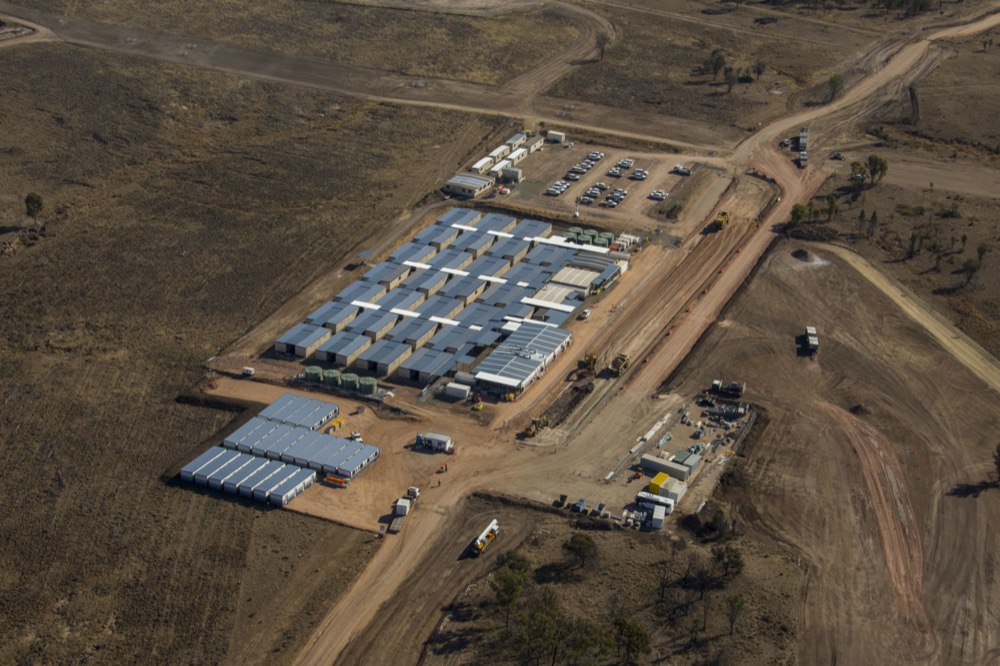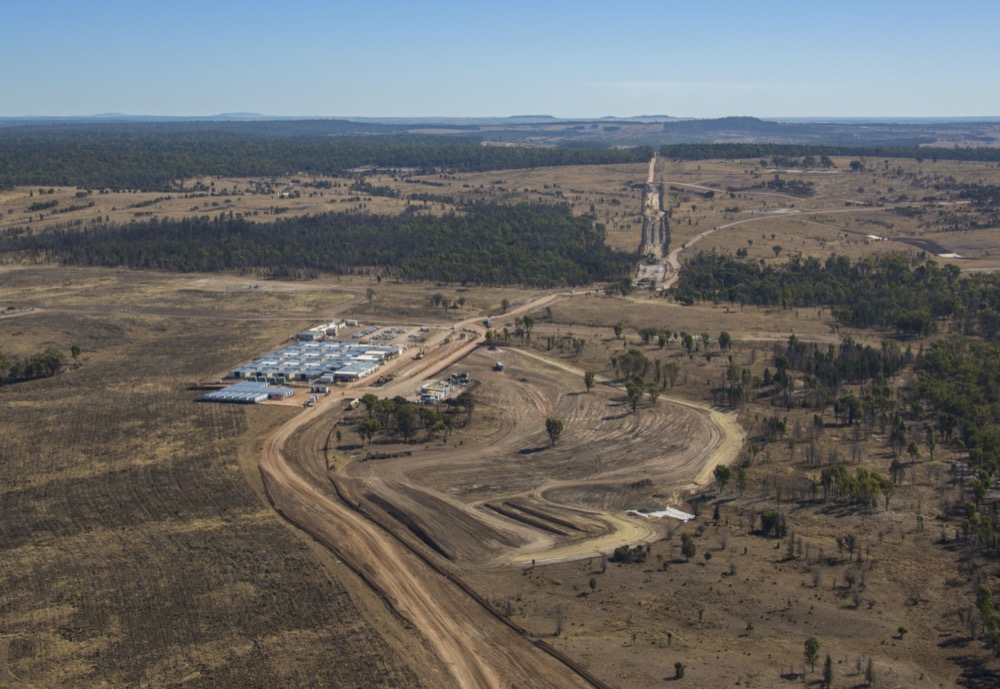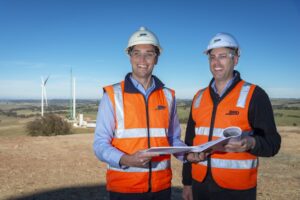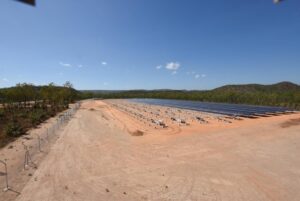Scope
The scope of work included:
- construction of 5 kilometres of sealed access road leading to the gas plant facility
- construction of 2.5 kilometres of internal roads within the facility
- construction of extensive draining and protective treatment
- structures including culverts, shotcrete lined drains,
- sediment basins and drainage chutes
- 150,000 tonnes of pavement materials
- 200,000m3 of bulk earthworks
- 150,000m2 soil treatment and rehabilitation.
Outcomes
BMD Constructions successfully delivered this remote project to strict deadlines. The project required, at peak, a 100 strong workforce with a combination of local hire and fly-in-fly-out employees, with camp-style accommodation provided by the client. BMD Constructions successfully managed the workforce mix and sourced a proportion of labour from nearby towns Chinchilla and Roma, demonstrating our commitment to supporting the local communities in which we operate.
The project team worked closely with the client and design consultants to ensure any value engineering opportunities were identified. Throughout design and constructability reviews, cost savings were realised which resulted in an overall reduction in the budgeted cost for the client. These opportunities included optimising pavement designs, incorporating local materials into the design, reducing import materials by streamlining vertical geometry, and challenging cheaper solutions for motor grids and protective treatments. BMD Constructions delivered these changes without compromising on quality standards or negatively impacting on the construction program.
BMD Constructions had an unwavering focus on safety throughout the project and worked collaboratively with Laing O’Rourke and APLNG to merge safety programs, including the rollout of the Next Gear and Every Day is Game Day programs. Another initiative included the use of GPS monitoring of the earthworks fleet which through extensive planning reduced personnel interaction with plant risk that was evident on the confined site due to multiple trades sharing haul routes. The GPS monitoring also led to improved scraper production cycles. As a result, the project was delivered with zero recordable incidents, and no lost time injuries.

